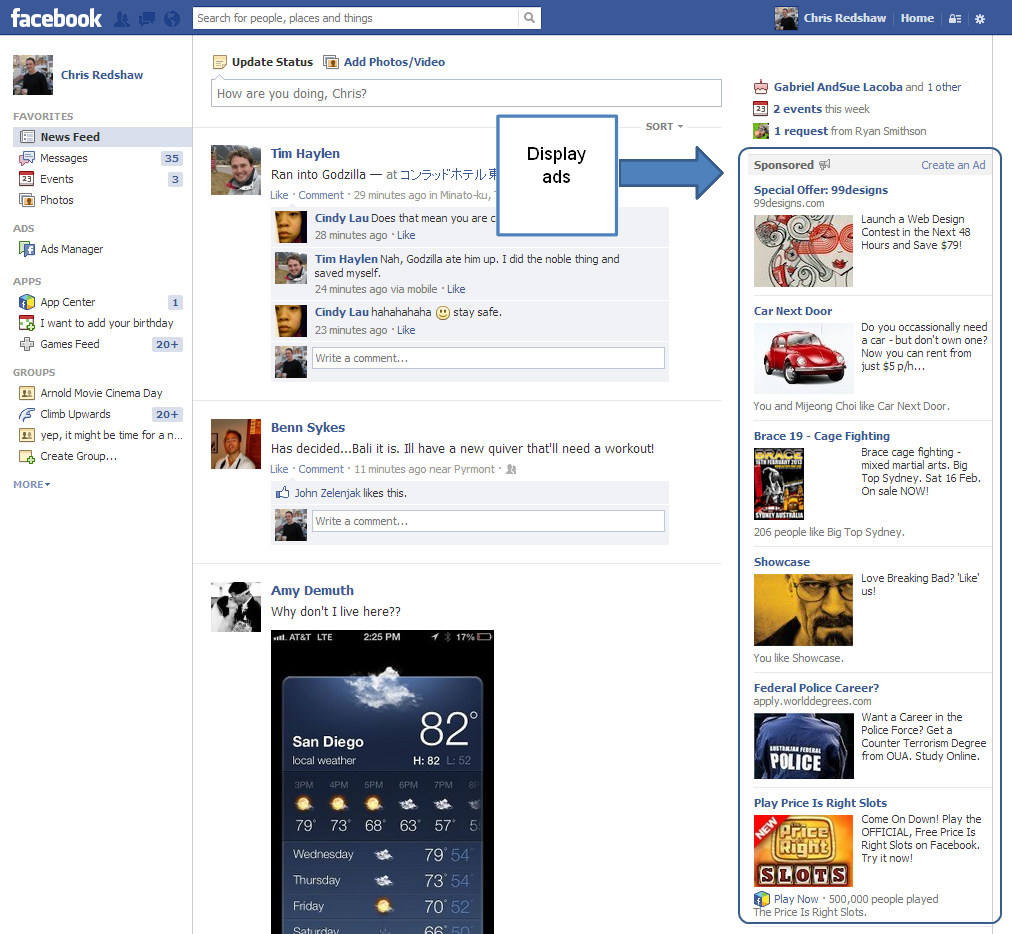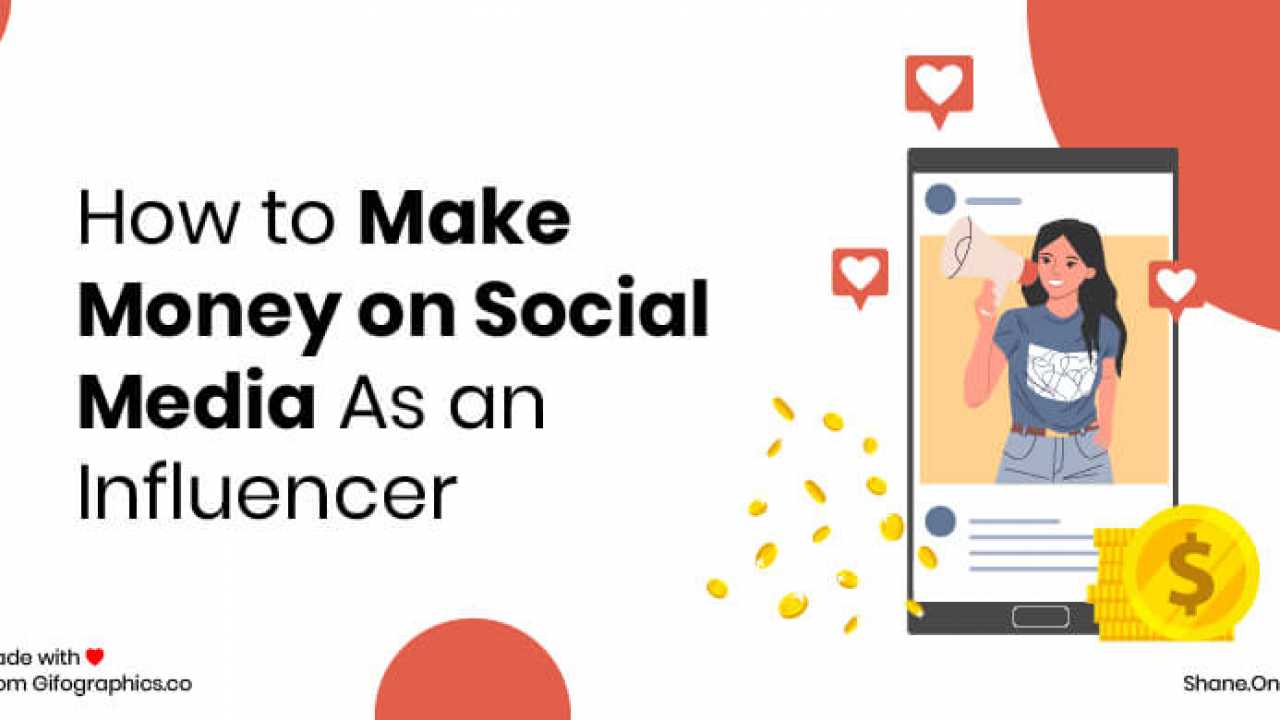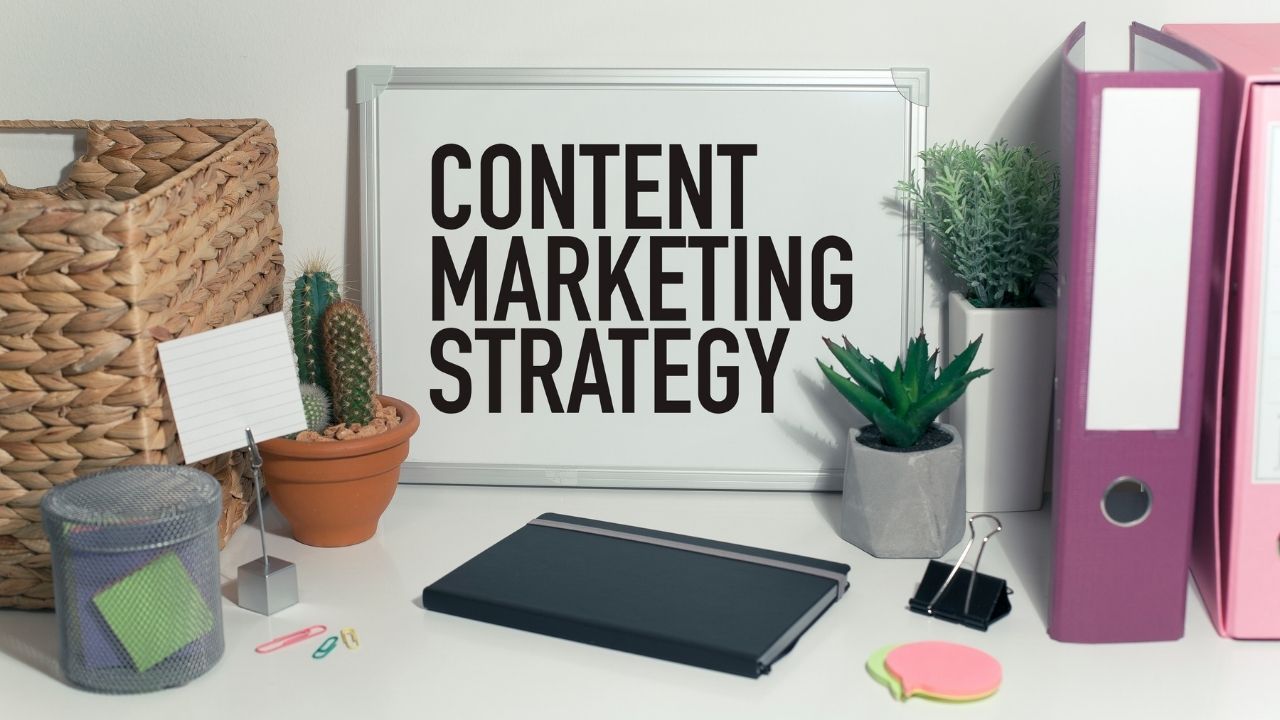
This article will help you get started with creating a content-calendar. We'll discuss the various formats, platforms, and permissions. Then we'll dive into the specifics of creating your content calendar. By the time you've finished reading this article, you'll be well on your way to becoming a content creation pro. Here are five steps for creating a content plan that is right to your company.
A content calendar
When creating a content schedule, it is important to include information about the type and form of content you plan to publish. For example, a content calendar can be used for blogging and social media posts, or for emails to customers. A content calendar can help you stay organized by allowing you to easily remember what content you want to publish within a given time frame. It is also possible to include important dates throughout your year, such the launch of a product or service.
Formats
All businesses, big and small, need content calendars. They help you keep track of content and track engagement. Content calendars help keep things fresh and different for your audience. They are a valuable tool for both your marketing team (and your coworkers). Below are some formats for creating a content calendar. There are many formats you can use. An outline of your content marketing strategy is necessary to create a content schedule.

Platforms
You can easily create and publish a content calendar using the right platform. Creating a content calendar requires planning, and it must fit into your overall schedule. It is also possible to make it public for others to access so they can comment or add ideas. Lastly, it should be easy to update and change as you go. While there are many advantages to using a content-calendar platform, it is crucial that you find one that suits your needs.
Permissions
A content calendar should be mapped to all those who will need to work together on the project. You must also decide who should have access and whether the calendar should not be shared. You can allow your collaborators to make notes, comments, and upload files to a well-designed calendar. Once you know who should have access to your content calendars, you can create them that anyone can view and use. These are some tips that will make your content calendar a success.
Automating it
Automating a content calendar can help you be more effective in managing content creation and distribution. This tool is especially useful when you're working with multiple teams, each with its own set of interests, needs, and resources. Automating a content calendar allows you to share this information with all members of your team and allow you to manage all aspects in your content workflow from one place. You can automate content publication on social media, email and regular blog updates from one central place.

FAQ
What are the different content strategies?
Content strategy is an umbrella term used to describe all aspects of how you create, manage, distribute, measure, and optimize content for digital channels. It encompasses more than what you post on social networks like Facebook and Twitter. It also includes what content you select to highlight on your blog, website, and other online properties.
Content strategy is important because it defines how you decide where you focus your time and effort, which content types you should use, and what type of messages you send to your audiences.
It is about understanding how content fits within the overall business goals to help you achieve them.
Is a Content Marketing Strategy right for me?
If you already know the message you are trying to convey, then a Content Marketing Strategy may be right for you.
If you are looking for some direction before starting, these are some questions:
What does my business need to communicate? Or, do you want content that is universally appealing?
Do I want my efforts to convert visitors into buyers or generate leads?
What product am I trying to promote?
Are you interested in connecting with people outside my industry?
If you answered "yes" to any of these questions, then a Content Marketing strategy is exactly what you need.
How do you create effective content?
The best way to create great content is to write about something that interests you. Finding topics that interest you is the best way to write well. This is about finding your passion and then sharing it with others. It's one thing to write for yourself, but it's much easier to write for others.
Should I hire a content marketer to write my content marketing?
No! There is no need to hire professional writers to write content for you business. There are many free resources available that can help you get going.
How can you create a content marketing strategy that is effective?
To create an effective content marketing plan, first, determine what kind of content you want to produce. Next, identify your target market and the ways they use the internet. Next, find the channels that best reach your target markets. Next, identify the best keywords for each channel. Finally, write compelling copy for each piece.
Statistics
- Companies that use content marketing see approximately 30% higher growth rates than businesses not using it. (mailchimp.com)
- According to our research, brand awareness, attracting traffic, and generating leads remain the key content marketing goals in 2022. (semrush.com)
- Seventy-two percent business to business (B2B) (mailchimp.com)
- According to the Content Marketing Institute, 70% of B2B marketers and 86% of B2C marketers surveyed use content marketing in some form or other. (criteo.com)
- According to research compiled by Coschedule: Companies that publish 16+ blog posts a month get as much as 3.5x as much traffic as those that publish 0-4 posts a month. (criteo.com)
- This marketing strategy landed Ford a 15.4% conversion rate. (neilpatel.com)
- Forty-seven percent of buyers view 3 to 5 pieces of content before engaging with a sales representative. (mailchimp.com)
- Progress indicators (0–100%) allow each team member to see how attainable each goal is and understand what remains to be accomplished. (semrush.com)
External Links
How To
How to Create a Press Release that Is Effective
Press releases are a great tool to establish credibility and authority within your niche. You can also use them to establish relationships with journalists and other influential contacts.
Many business owners are unable to create compelling press releases due to lack of the required skills.
Here are some tips to keep in mind as you develop your next press release.
Know Your Niche
Before you begin writing your press release, you need to understand your niche. This will help you understand your niche.
For example, suppose you're a real estate agent. If this is the case, you may want to include information about your professional affiliations. This could include the association you belong too and how many years you've been in the business. You could also mention your experience working with clients and providing excellent customer service.
Add Keywords to Your Title
The title of your release is often considered the most important. It is often the first section that searches engines see so it must grab your attention immediately.
The best titles contain keywords that relate to your product. If you sell custom-made bridesmaid dresses, for example, you may use words like bridal dresses, wedding dresses or customized wedding dresses.
Make Sure Your Headline Is Relevant
Your headline should be the first line of your press release. It's the first thing people will see in your press release, so make sure it's catchy and relevant.
It is likely that you won't be able determine the best type of content for your press release if you are creating it for the first time. Test different headlines against one another. Check out which ones get the most clicks.
Google also allows you to do a search for the company name, along with "press releases". The top results will show you which topics are popular.
You may have heard the expression, "Write for your own sake, but publish for other people." That's true, but you don't want to simply throw together a press release without thinking about who your audience is.
Create With A Purpose
Three sections make up most press releases.
Each section has specific elements that make it easy for readers to grasp the main points of your message.
Executive summary
This is the shortest and least detailed section of your press release. It usually consists of one paragraph that summarizes your press release.
This is where you provide details about your product or service. This is where you can explain the benefits of your products and services.
Conclusion
This section is the last of your press release and includes two paragraphs. Next, sum up the key points you have taken from your body. Your business should be positive.
Here's a example conclusion:
"My book contains practical advice that anyone can use to improve their health, fitness, and overall well-being." My book will help you reach your personal goals.
Do Not Forget to Include URLs
It's a good practice to include a link on a press release to your website. There are several types of links.
Take a quick glance at the different links you should add in your press release.
-
Email: If you send a press release via email, make sure to include a URL.
-
Social media: Add social sharing buttons to your website. This will allow users to share your press release and link to your website.
-
Blog: Create a blog post about your press release. Include a link to your press release in the text.
-
Website: Use the URL in your press release to link directly to your site.
-
Directory Submissions: Submit your press release online to directories such Yahoo! and Digg. Press Release Directory.